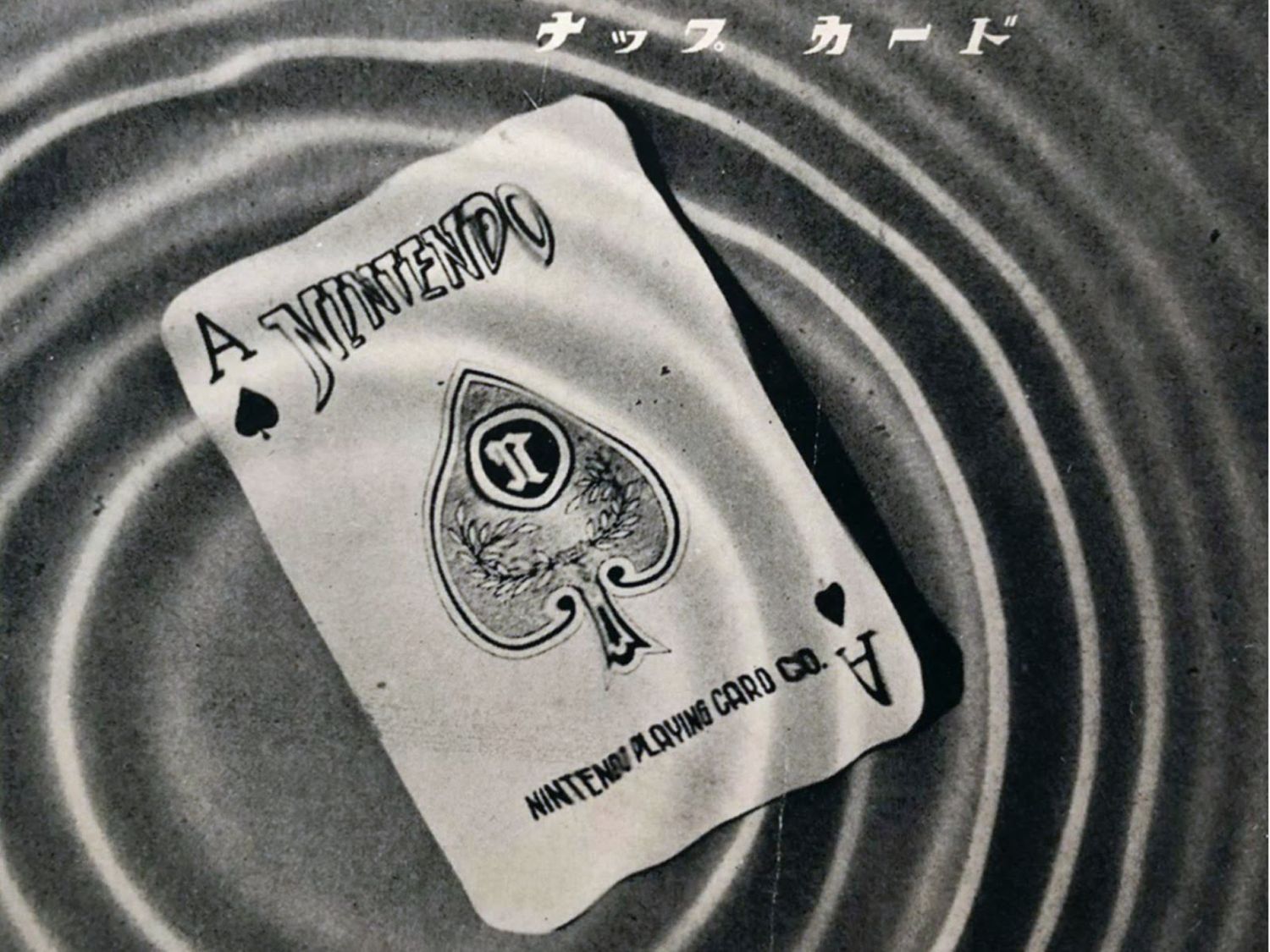These 4 types of conflict, first defined by Ancient Greek playwrights, are the secret to great marketing.
How this common storytelling tactic can help us speak to our customers' biggest problems.
Kurt Vonnegut, a very apt storyteller, said that every story is about a character who gets in trouble and then tries to get out of it.
This is as true in marketing as it is in novels.
Like Odysseus, potential customers are often are woken from that comfortable life they were living when a crew mate drunkenly stumbles off the roof and breaks his neck. It’s a rude awakening from the slumber of a comfortable life.
Maybe they miss a deadline or that band-aided process finally grinds everything to a halt. Doesn’t matter. The call is there and they must defeat the evil villain that has got them in a bind.
ATTN:This article is a snippet from Inbound Marketing for Myth-Makers and Tellers of Tall Tales — a 10,000 word guide on understanding your customers, crafting great copy, and writing stories that convert.
Get a copy.
The 4 types of conflict
The Greeks defined four types of conflict in tragedy.
These have been adapted and used to describe narrative in general throughout history. They’re as useful for telling tall tales and mythic legends in marketing as they are for novelists and playwrights.
Here they are:
- Man against man — This is when two characters are at each other’s throats. Romance and family sagas feature this type of conflict.
- Man against nature — This is when a character is fighting the elements. Good ol’ Tom Hanks and his little friend Wilson know all about this.
- Man against self — This is an internal struggle between the character and her own thoughts and feelings. Zero to hero stories are all about this.
- Man against society — This is when a character stands up against an established institution. Dystopian fiction and those that feature fights against injustice focus on this.
Now let’s see how they fit into the customer’s journey…
1. They just won’t do what they’re asked…
Managers often struggle with getting people to do what they want.
Their employees are the villain of their particular story.
"If it weren’t for these damn developers doing x when I ask for y, my life would be perfect."
Maybe you have a solution? Well, tell them about it already.
2. What an uncontrollable inconvenience!
Look to raincoats or camping gear for great examples of the customer against nature.
Food is another one. Quench your thirst, fill your hunger.
Nature is inconvenient and comes up when we least expect it. Better be prepared.
3. If only I were a little bit better…
If only I could be more like…
People are always looking to better themselves. It's why self-help and career development are multi-billion dollar industries.
Speak directly to that desire, and show customers the way forward.
4. Time for a revolution!
This last type of conflict — the customer against society — is what Apple banked on when they ran their Think Different campaigns.
It recognizes the problems with the status quo, and shows the customer how they can rebel against it through your product or service.
IBM and the mainstream PCs were the villain of Apple’s story. Their product was for the dreamers, the doers, the creators.
It was a rebellion against the old ways of stuffy business suits.
Who is the main villain of your customers' story?
Which of the four conflicts best describes your customers' main pain point? Find that, and you've got a great story to tell in your marketing.
'Till next time...
– Mike
P.S. Don't walk away empty-handed
Above the Fold is a newsletter about the power of marketing. Every week I send stories just like these straight to your inbox.




